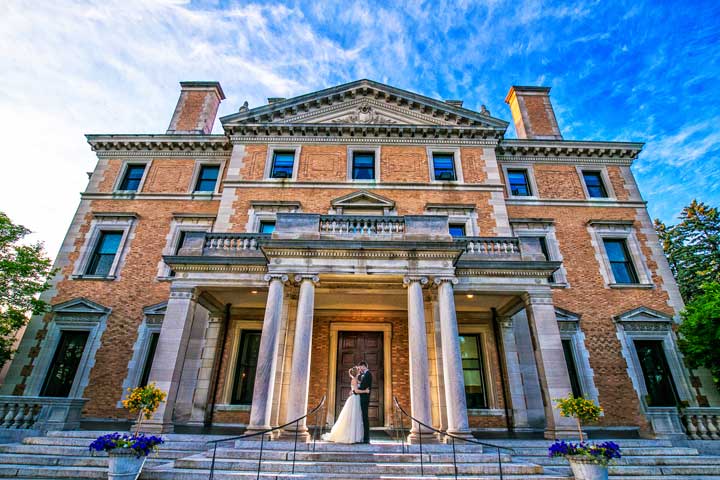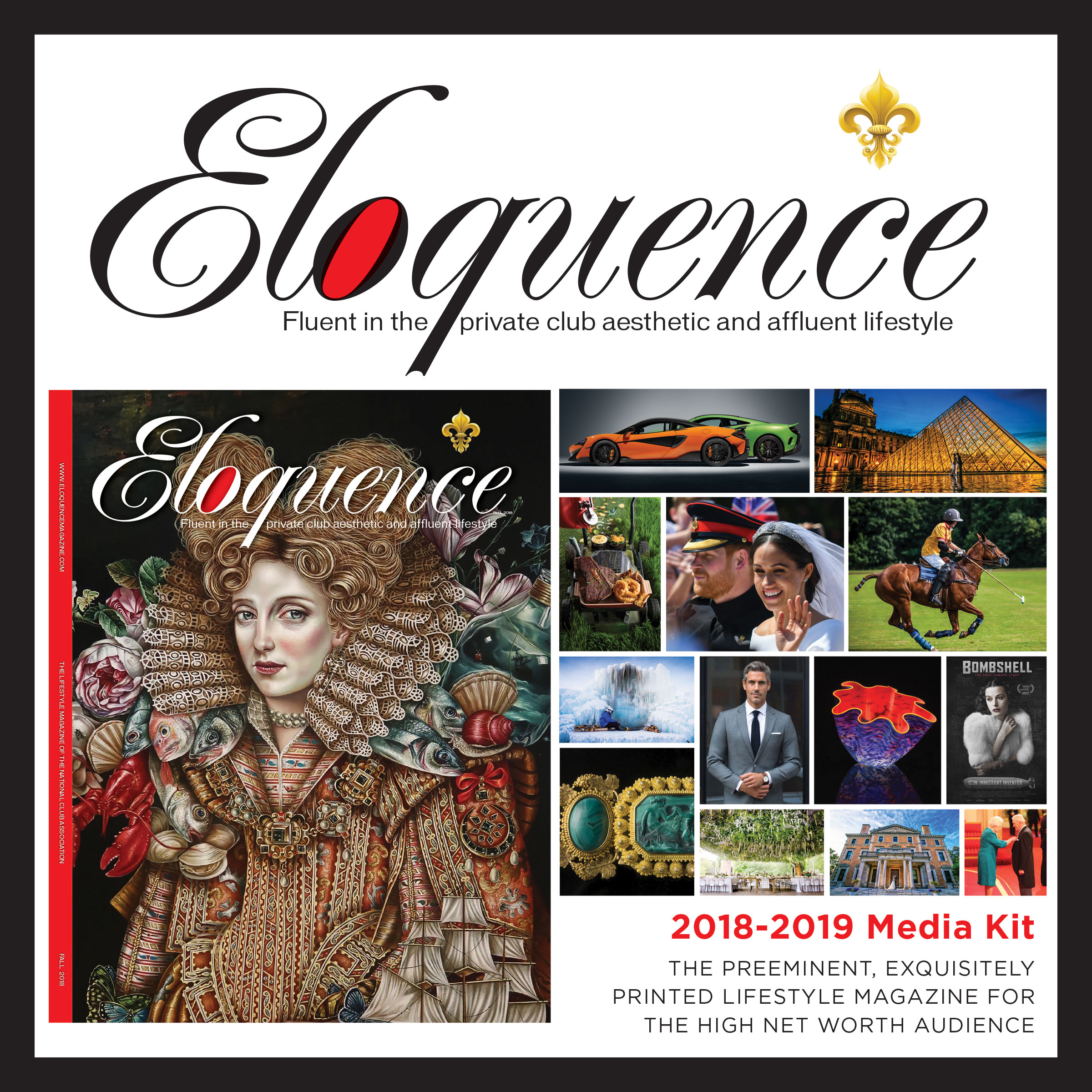By Kelly Villasuso
Thirty miles north of New York City is an area so inspiring it has fired up the imaginations of authors and artists, moguls and underlings alike: Sleepy Hollow, New York. Many know this mysterious region in Westchester County, nestled in the Hudson River Valley, because of the captivating and enduring works of author Washington Irving. Others know its legendary reputation as the place for rest, relaxation, and preferred pastimes of Manhattan’s ― and the country’s ― most affluent visitors at the Sleepy Hollow Country Club.
Established in 1911, the Sleepy Hollow Country Club has served as a grand refuge to its members ― welcoming them into the opulent environs of its founders … enveloping them in their prolific vision … entrusting them with what has become a national treasure and a legacy of immeasurable proportions.
A Legacy of American Giants and American Dreams
The Sleepy Hollow Country Club’s list of founding fathers reads much like the Who’s Who of American trailblazers of the 20th century ― including Frank Vanderlip (President of National City Bank and one of the founders of the Federal Reserve System), William Rockefeller (Standard Oil), Percy Rockefeller, John Jacob Astor IV (one of the richest men in the world at that time who, sadly, died on the Titanic), as well as coal baron Edward Julius Berwind and Cornelius Vanderbilt III. These giants of business, politics, and social affairs created “the world’s finest country club” according to the New York Times, May 21, 1911 and the “most elaborate club in America,” Country Life in America, October 15, 1911 ― myriad hallmarks of which remain today.
Much as it did in the early 1900’s, wealth and power still flow through the grounds of “the Club Beautiful” (as noted in the Chesterfieldian, April 3, 1920) like the winding Hudson River flows through the valley in which the Sleepy Hollow Country Club resides. “There are many fourth-generation family members among the Club’s current membership who proudly stand on the shoulders of their ― and the Club’s ― founding fathers and continue to help preserve the legacy of this revered landmark,” General Manager Paul Brock told Eloquence.
Brock also shared a story of a different legacy at the Club, one of an American dream about a Swedish artist who came to the United States to do the masterful ceiling work in what is now the main building of the Club. “After completing the work, the artist stayed on in the United States, where his son grew up to become a prominent business man,” he said. “As such, his son not only joined Sleepy Hollow Country Club, but later became its president. That member’s son ― and the grandson of the Swedish artist ― also became a member. A true American success story!”
The golf course design at Sleepy Hollow Country Club retains to this day the original design of the 1911 course by Charles B. (C.B.) Macdonald ― the “Father of American Golf.”
A Legacy of Artisans and Artistry
When speaking about design, Italian Designer Massimo Vignelli once said, “If you do it right, it will last forever.” Nothing could be truer when considering the long-standing architectural, interior, landscape, and golf course design at the Sleepy Hollow Country Club ― much of which dates to late 1800’s and early 1900’s and represents exquisite design still today.
For instance, the 125+ year-old, approximately 70,000 square-foot, Italian-Renaissance-Revival-style mansion designed by the iconic architectural firm of McKim, Mead & White, according to Brock, “is in impeccable shape, as is much of our furniture and artwork, which dates back to when the mansion was built.” The Sleepy Hollow Country Club’s long-tenured facilities team, along with Brock, take their roles as caretakers and preservationists of this amazing piece of Americana very seriously, and work tirelessly to preserve its original structure, interiors, furnishings, and grounds.
“When we take on a new project, we do our best to mimic original photos,” shared Brock. “For example, we have a Moroccan-themed room that has silk walls and ceiling. The silk was deteriorating after so many years, so we are in the middle of a 12-month restoration project just for that room alone.”
Similarly, although the golf course has seen many changes over the years, the original design of the 1911 course by Charles B. (C.B.) Macdonald ― the “Father of American Golf,” prevails today. Contemporary golf course architect Gil Hanse wanted to stay true to C.B.’s designs in the latest restoration in 2008 and, according to Brock, “The course has never looked nor played as well as it does currently.”
Lastly, Brock shared that some of the original landscape designs and design elements installed by the sons of Frederick Law Olmstead (the renowned landscape architect of Central Park in New York City) remain at the Club to this day, including the old amphitheater and some of the original columns that you see as you drive up to this preeminent club.
Clearly, from the Club’s brick and mortar to its flora and fauna … and the rolling greens in between, the original designers certainly seem to have done it right … as did the Club’s founding fathers. It is due to their collective efforts that ― more than a century and a quarter later ― the Sleepy Hollow Country Club continues to be revered today, just as much as it was in 1911 when Country Life in America called it among “the most remarkable and elaborate country club estates in America, if not in the world.”





